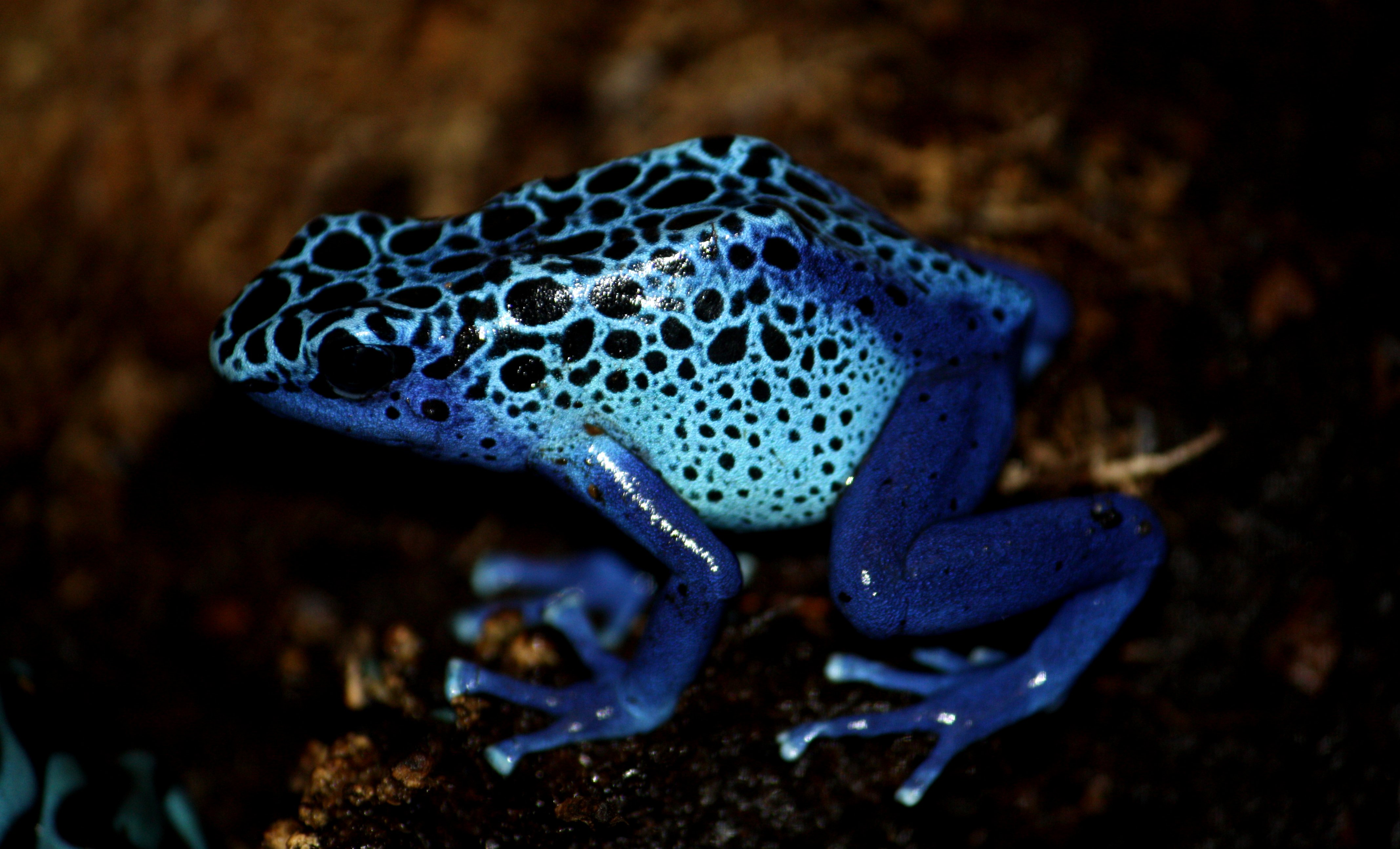Hello and welcome to The Poisons Collection Volume 2! Last series finished just over two years a go but I’m bringing it back with something a little different! Last time focused solely on some of the most poisonous plants the world has to offer this time we’re looking at the animals. To start off this series we’re looking at one of the classics in poisonous animal studies it’s the Poison Dart Frog.
I was once told that if you come across any truly colourful animal they are trying to say 1 of 3 things.
Now when it comes to the poison dart frog as the name would suggest it is most definitely trying to tell you the first.

Photo By LTShears
Fact FileCOMMON NAME: Poison Dart Frogs
SCIENTIFIC NAME: Dendrobates tinctorius
TYPE: Amphibians
DIET: Carnivores
GROUP NAME: Army
AVERAGE LIFE SPAN IN THE WILD: 3 to 15 years
HABITAT: Endemic to humid parts of Central and South America such as in tropical rain forests and rain forest islands.
SIZE: 2 inches long and weighs under 10 grams
ToxicityThese frogs produce what is known as pumiliotoxins, they are highly poisonous chemicals that the frogs use in self defence. These toxins aren’t enough to kill but can cause serious harm when ingested. These toxins can cause pain and cramping when handling the frogs roughly. Most of the time these toxins are enough to warn predators away and discourage them from eating these frogs.
Other FactsFrogs are active during the daytime and hide in boulders and debris. The blue poison dart frog lays small clutches of five to six eggs. After hatching, the parents transfer tadpoles to individual pools of water, where they finish development. Its at the tadpole stage that they are most likely to not survive as they have not yet developed the toxins that protect them later on in life.
ThatBiologist Everywhere!

Advertisements Share this:





